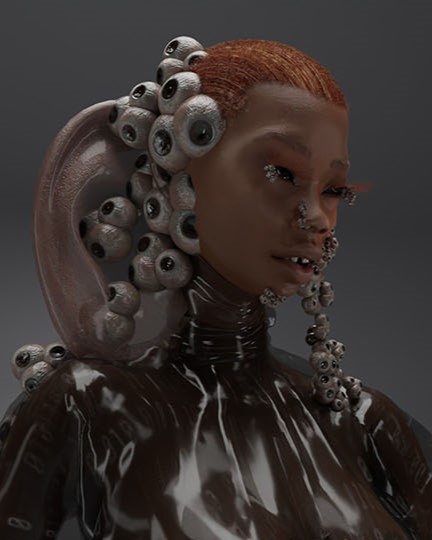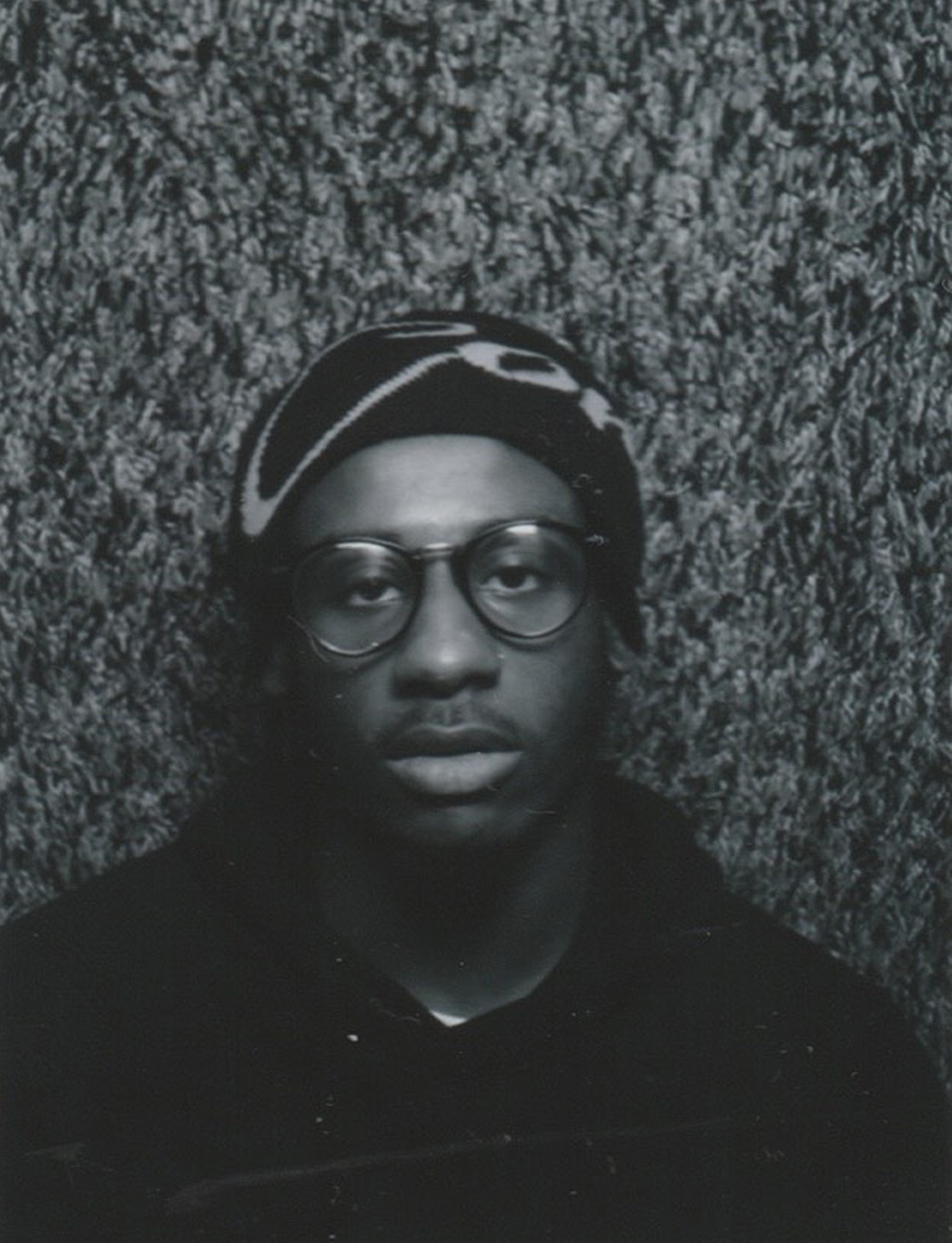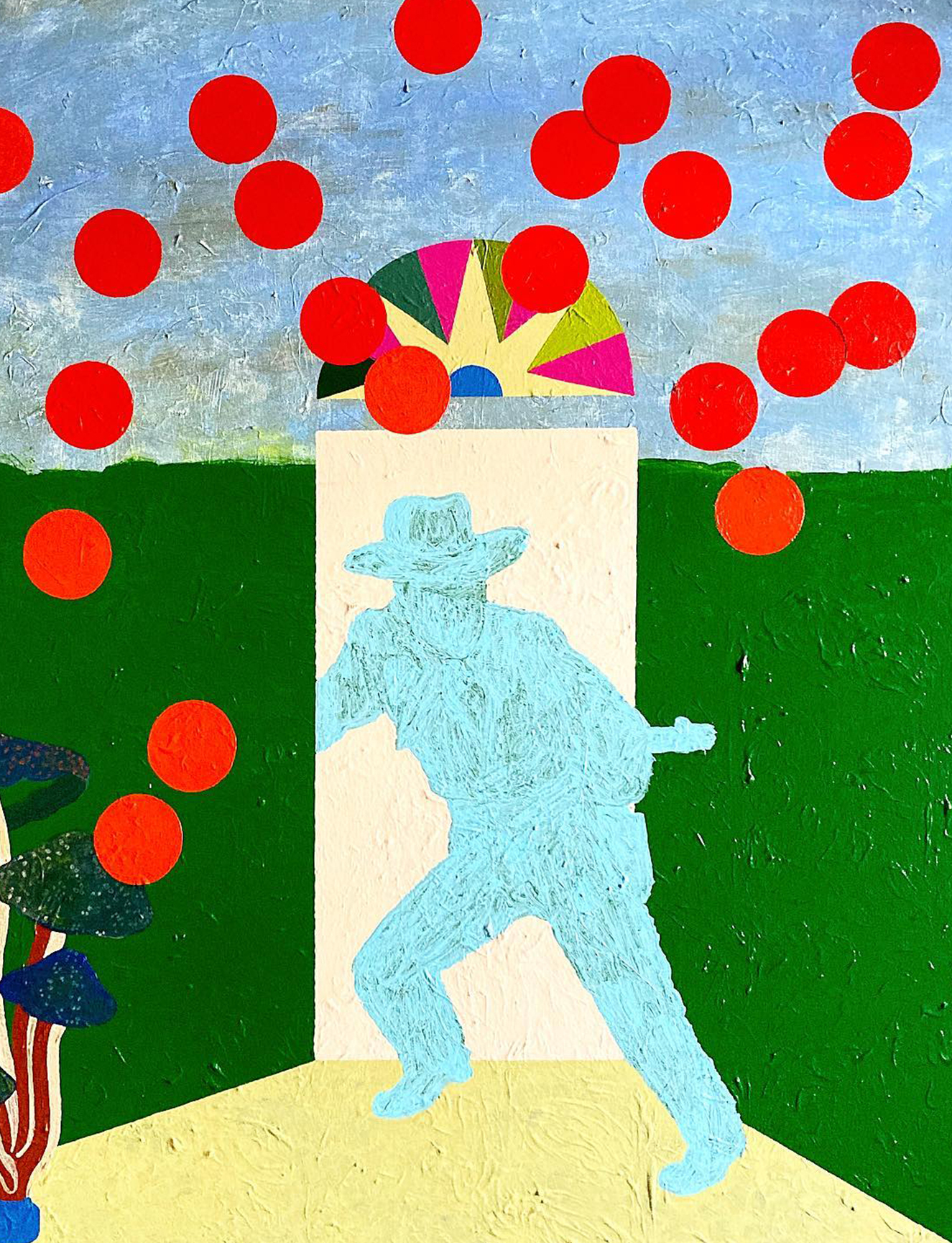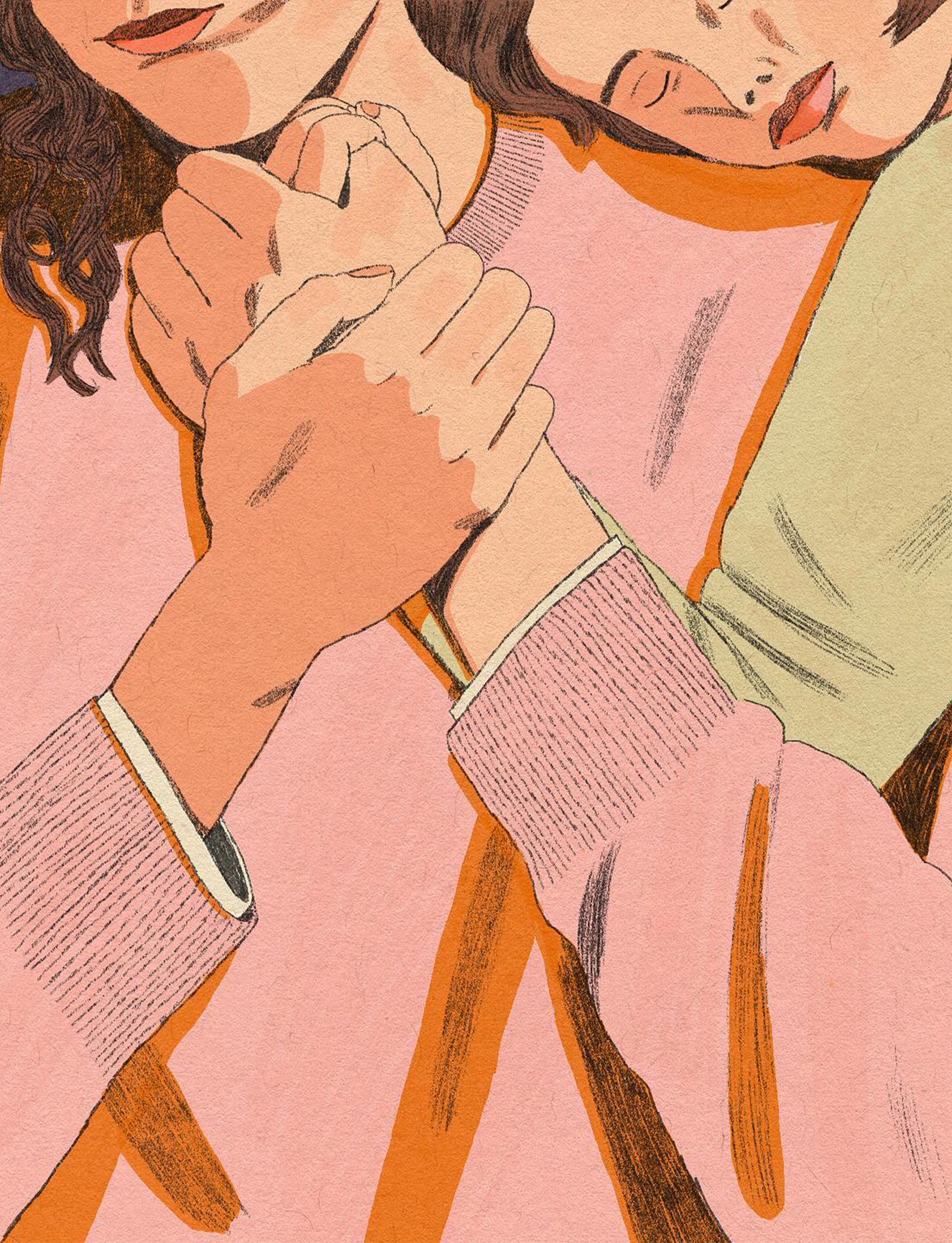Your parents are both engineers; was childhood a creative space for you?
Definitely, the fact that both of them are engineers and also academic teachers made it possible for me to explore the technology and possibilities of digital representation very early on. My father really encouraged me and my sister to explore the computer, and different computer programs, when I was still a child in the 90s, for example. I believe that both of them have been a direct influence on my interest in visual representation through the internet and digital software, as they were always presenting and letting me explore and play with entertainment technologies
You first started using Augmented Reality (AR) on an internship during your BA in Industrial Design, what did you find so exciting about it as a medium?
I had started experimenting with 3D and AR before the internship in a very experimental and artistic way, but being in a small company focused on XR meant I could participate in commercial projects for different brands, and at the time it really helped me to understand how I could act on the market, not only as an artist but also as an AR creator and developer. For me, AR is great because it allows us to merge two layers – digital and real life – in one application, creating a mix of visuals and keeping us focused on the interaction of our physical world.
It allows us to merge two layers
Are you possessive of your ideas?
I would say that I am careful with my body of artwork. In that sense I prefer to display my movies and even small artworks in a certain context rather than share it fully online where people can take the artwork out of context easily. In terms of artistic exchange, I don’t see myself as possessive with my ideas. Instead, I always try to collaborate with sound artists on my shorts precisely to bring a different perspective to the artwork. I find this often adds a critical lens to the way we socialise in cyberspace, because it brings another layer of interpretation (sound) to the questions I present.
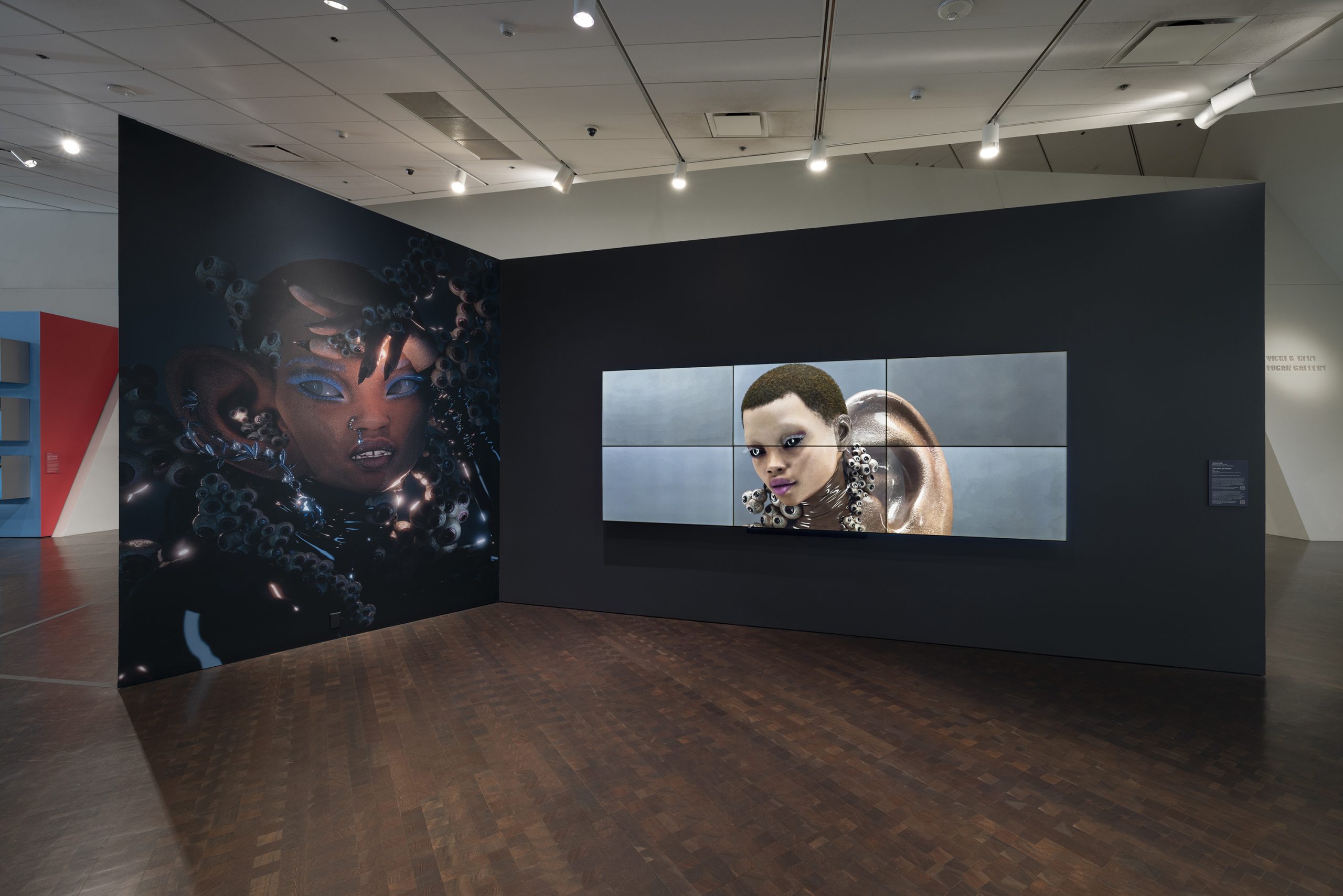
For a recent short film you presented the story of ‘Vigilante’ characters. Human-like figures covered in eyes and ears, they explore the idea that, when we use the internet, we forget how much we are being surveilled ourselves, through the data trail that we leave. Can you talk a little about how you arrived at that idea?
I started to develop the ‘Vigilante’ characters in 2021 – they are part of an on-going series called “Vigilantes_00”. Those characters represent the surveillance that we are committed to in cyberspace, not only through data collection but also through the observation of others that share the same online space. Working on these characters is a way to embody the anonymous entity that keeps observing us regularly. In 2022 I finished my third short film entitled “VIGILANTE_EXTENDED”, which was featured in the “Who Tells a Tale Adds a Tail” exhibition at Denver Art Museum. For this short film I decided to dissect a sci-fi narrative and present those characters within my reflection and critical view regarding cyberspace.
And relatedly, can you talk about the process of creating the short film itself?
The process of making this movie took almost one year, from the date it was commissioned by Denver Art Museum. I always start my narratives with creative writing, like in my short film from 2020 “@ilusão” and the video-essay “Prompt de Comando” from 2019, and then the next stage is starting the creative visual part (storyboard, ambient, main characters and secondary characters, etc). For “VIGILANTE_EXTENDED” I also invited two sound artists to create the soundtrack of the short, OLHO and Anelena TOKU which was great because I had the opportunity to present not only my script to them but also share the feelings of each part of the text so they could translate my feelings and thoughts into the music that follows the narrative.
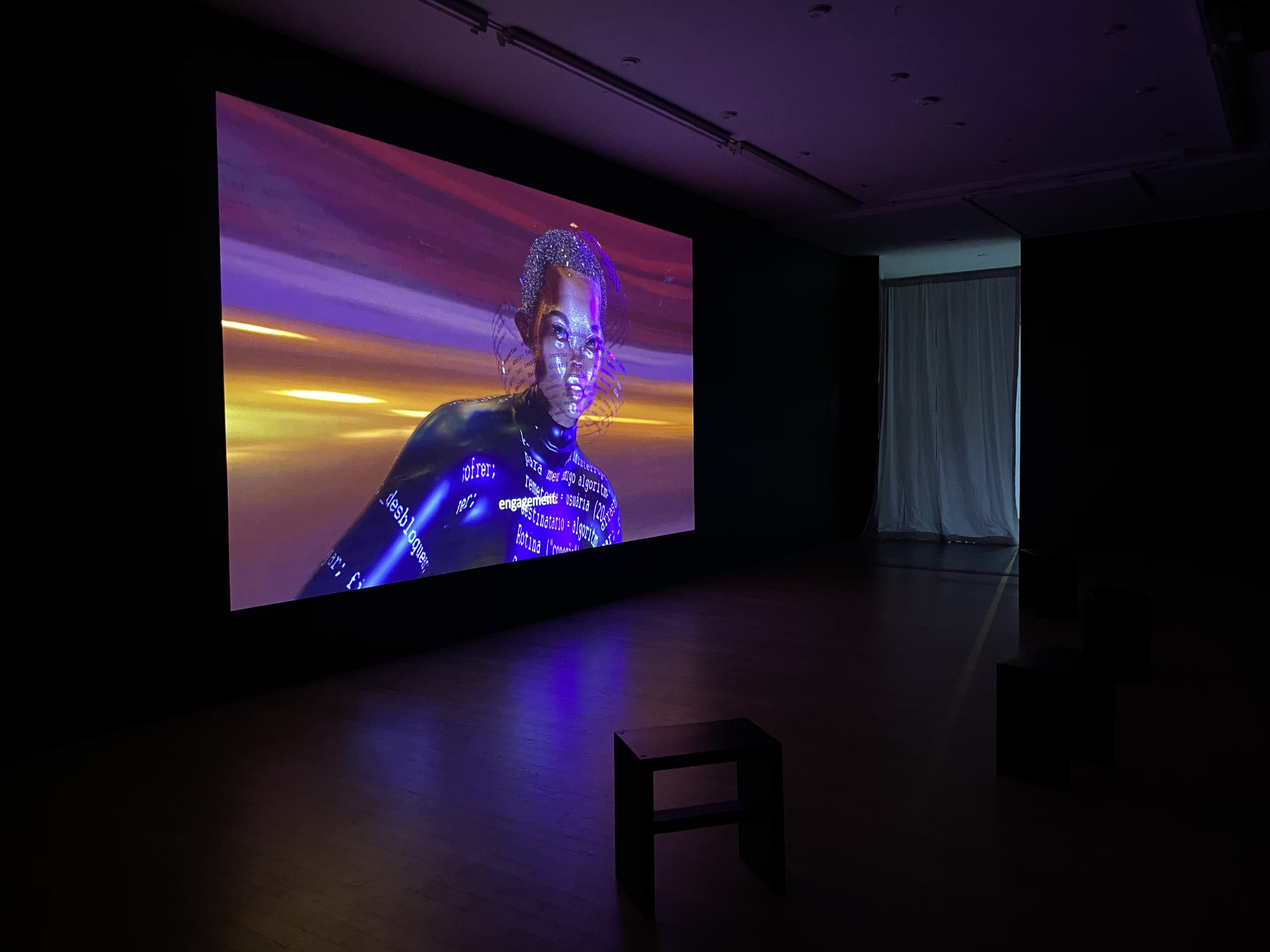
It’s interesting that you’re an artist working with technologies like AR, but you’re also using your work to question those same technologies. Why do you think it’s valuable for artists to be critical about the technologies they use?
For me it is very important to reflect on the sides of technologies that the industry is not very interested in approaching in an open way. As an artist and developer for the XR industry I like to address reflections about the way we relate daily with technology in my personal artwork. In this way I feel that I can contribute not only for the development of certain tools but also for the culture, by bringing my critical perspective as an insider who works daily and directly with XR technologies.
I think identity and digital spaces are totally integrated
In a recent interview you said: “The use of the machine in our world is to serve us; to provide results. It seems to me that Black women are here to serve and generate profit for other people as well.” What’s the relationship between identity and digital spaces, where users are often disembodied?
I think identity and digital spaces are totally integrated, from the way we portray ourselves in cyberspace to the data collected by platforms that trace our personal information. That’s why, in my perspective, it is not possible to talk about the metaverse, cyberspace and new media without analysing the context of our society in ‘real life’. Some structures of our society are entirely replicated in cyberspace and that’s why I think it’s difficult to talk about the disembodiment of users, since social markers like gender and race play a crucial role in collective experiences on the internet as well.
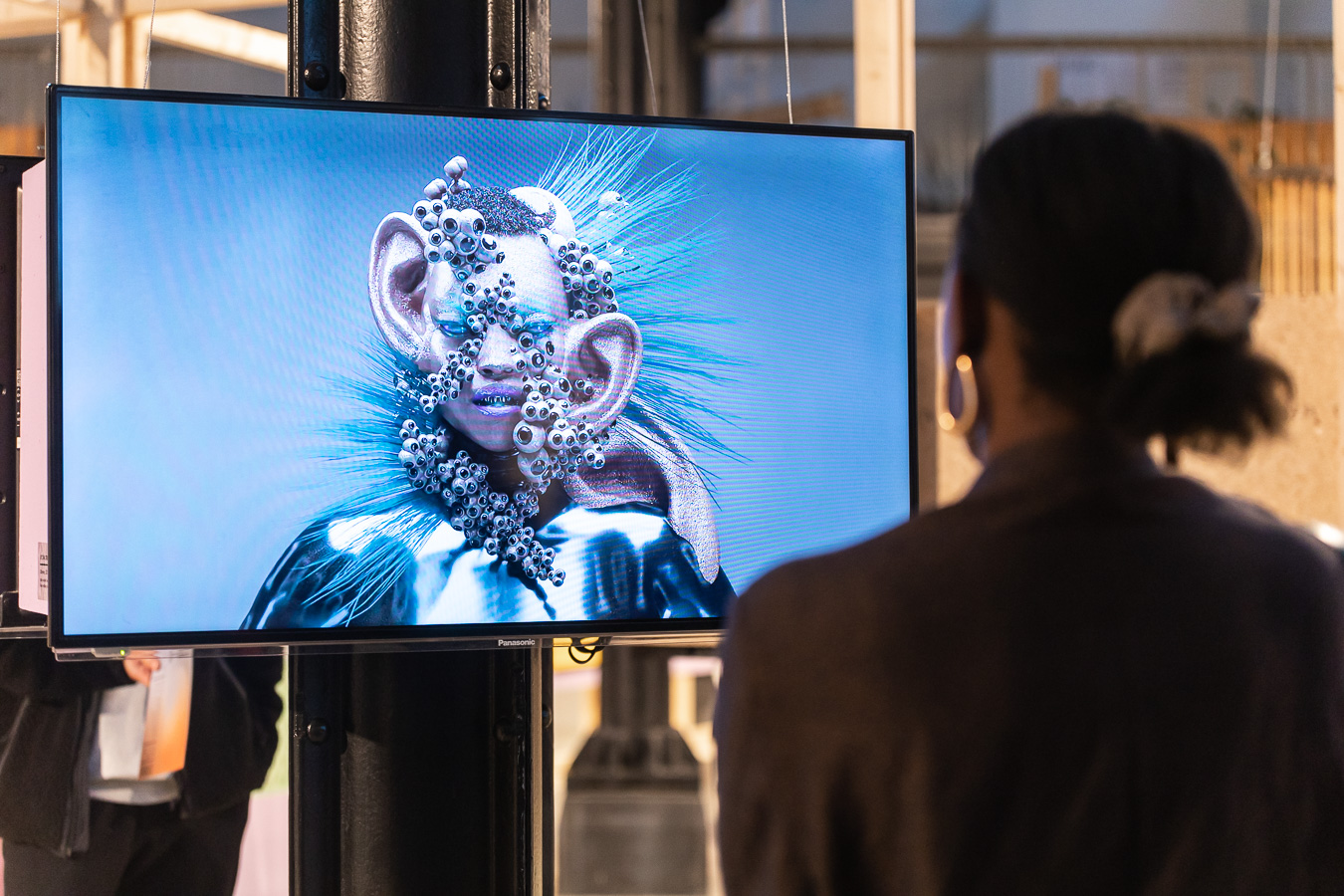
AR is often viewed as ‘the future’ of many creative industries, like art and fashion. As an artist working primarily in this medium, what are some ways you think it might be shaping creativity and creative production?
I think AR is opening a new place for experimentation, helping artists to simulate worlds and physics in real-time. It’s a medium that can help us to experience the digital realm without leaving the physical world entirely behind, which makes the experience more human, genuine and interesting in a sense of being part of something.
Relatedly, what are some predictions for what the future of AR itself might look like?
As an AR creator and developer I would say that Augmented Reality experiences in the fashion industry definitely will be something big for the industry of XR, not only for shopping and sales but also as a creative tool for fashion brands to explore. Regarding experimentation and art, I think we will face a great development of AR tools that will help artists to extrapolate the use of AR in a creative way.
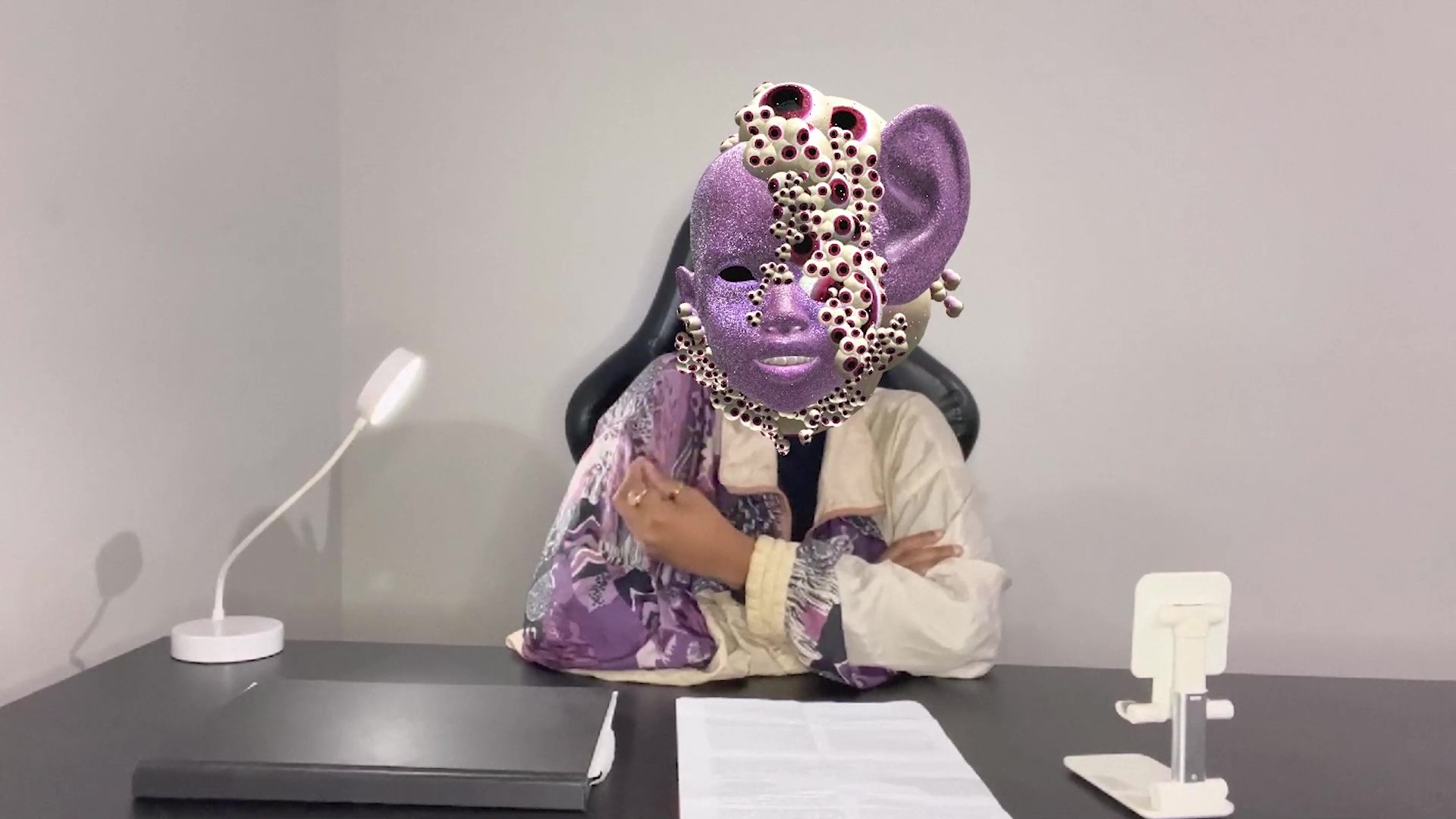
Are you guided by strong urges to finish every project you start?
Every time I start an artistic project I focus on what I want to share and spread with the world. At the moment I’m not an artist who accelerates the production of my art and research. I prefer to have time to create conscious art pieces making sure that my reflections and point of view of discussions are well-represented. I’m more interested in working on my own terms to create a cohesive body of work, than spending a lot of energy on projects or pieces that don’t align with my artistic point of view.
Read More: Fashion Is In Its Copy And Paste Era



